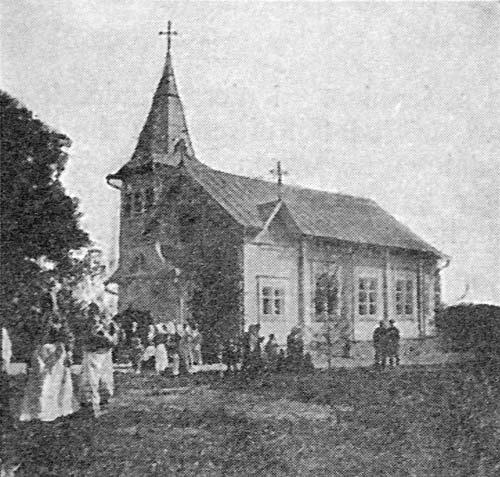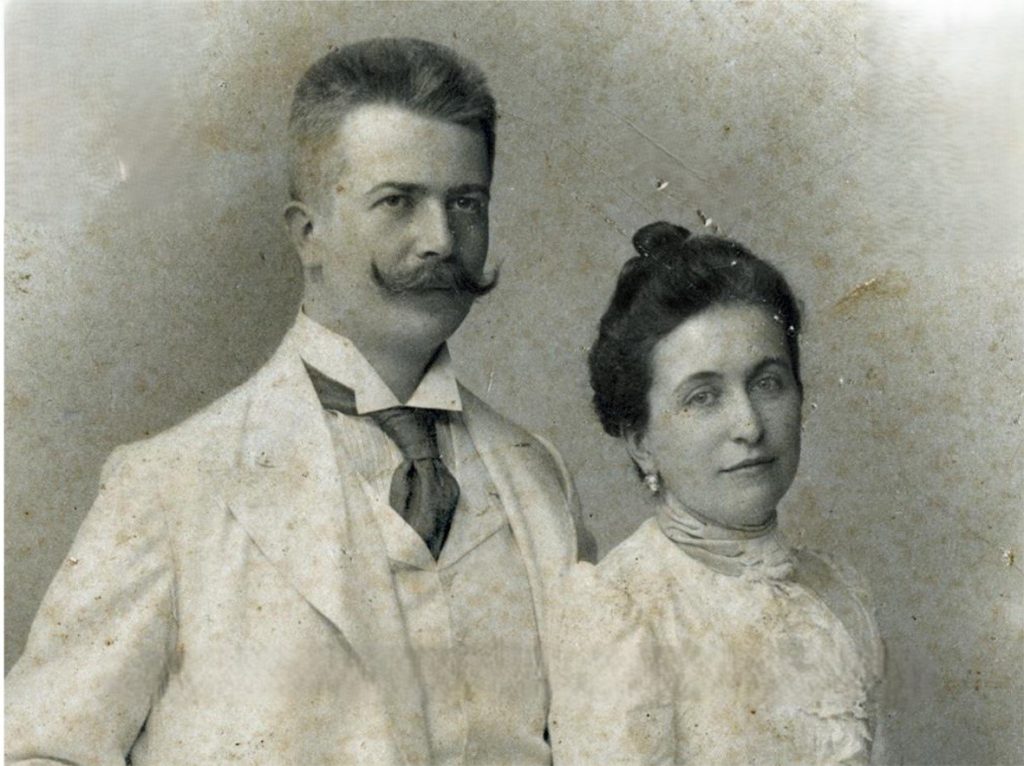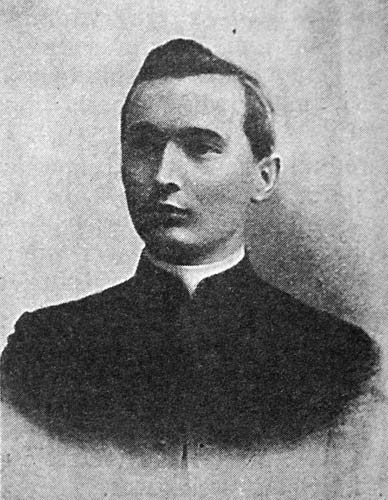In the Lelechitsy volost (district), there were 19 churches, three synagogues, and a church (likely meaning a Catholic church), which had 53 clergy.
From detailed records of Roman Catholic parishes in the Mozyr district in 1867, it follows that a significant part of the population of the Buinavichy, Lelechitsy, and Tonezh volosts were also Catholic believers. Thus, in the Mozyr deanery of the Petrykau parish church (within the Orthodox parishes of the Buinavichy Mother of God, Astrazhany Intercession, Simanichy in the name of Paraskeva, and Lelechitsy Trinity churches), as well as in the Pinsk deanery of the David-Haradok church (within the Orthodox parishes of the Tonezh Trinity, Danilevichy Nativity of the Mother of God, Hlushkevichy Trinity, Radzilavichy, Milashevichy Dormition, and Bukcha Resurrection churches), there were 977 Catholics. There were 6556 Orthodox in total. From this, it follows that almost every 7th inhabitant was Catholic. Catholics did not have their own church and held services in the Petrykau church. Their largest numbers were in the khutors (hamlets) of Lokhnitsa (118 parishioners), the village of Karostyn (49 parishioners), and the khutor of Zhmurnaya (18 parishioners). Moreover, in the mentioned khutors, Catholics outnumbered Orthodox in percentage terms.
This information about Roman Catholic parishes compared to Orthodox parishes allows us to outline the population of local areas. So, in 69 villages, khutors, folwarks (manorial farms), and settlements (zastenki), a total of 7533 people lived, of which Orthodox constituted 87 percent. Not a single Catholic lived at that time in the town of Lelechitsy, the villages of Buinavichy, Astrazhana, Dubrova, Radzilavichy, and other smaller settlements. Catholics, in general, lived in 44 settlements, most of them in the khutors of Lisna, Lasnishcha, Zasunne, Zarubanaye, Lohvishcha, Lokhnitsa, Harnavishcha, Zhmurnaya, Rudnya, Salahubaŭ, Mlynok, Koshy; in the folwarks of Astrazhana, Simanichy, Bukcha; an equal number of Orthodox and Catholics lived in the villages of Ubartskaya Rudnya, Tartak, and the folwark of Belyya Berahi. The largest number of Catholics was in the khutor of Lokhnitsa (118 parishioners), the village of Karostyn (49 parishioners), and the khutor of Zhmurnaya (18 parishioners). Moreover, in the mentioned khutors, there were more Catholics than Orthodox.

Under pressure from revolutionary forces, Tsar Nicholas II had to make concessions both in the social sphere and in the sphere of culture and education. On July 30, 1905, the Tsar issued a manifesto on religious freedom and civil liberties. The manifesto allowed the free confession of the Catholic religion in Lithuania, Belarus, and the Kyiv region. And the Poles, being more organized than the Belarusians, as noted by a contemporary of those events, Anton Kenevich, gained freedom of the press, freedom of education, and the right to open schools in villages and towns.
The first information about the Lelechitsy parish for 1913 is given in the following sketch:
“This parish is not one of those that have centuries of traditions behind it. The dark row of saints, who for long times witnessed the people’s joy and their sufferings, does not look out from the altar. It is completely new, entirely created by sincere friends of the people, the owners of the Lelechitsy estates, the Counts Tyszkiewicz.

This land was wild, neglected. Here and there, scattered among vast swamps and forests, untouched settlements were cut off from the world. And the church was so far away, so few could participate in worship: about 60 versts to Petrykau and 80 to Mazyr. As a result, those 2000 parishioners of Lelechitsy were almost without any spiritual care.
They lived in the woods, among swamps, and were becoming increasingly wild. There were even such desolate corners that their inhabitants saw neighboring people only a couple of times a year. More than once people died without the Holy Confession, unable to reach the priest who lived far away and having no possibility to move. Children died without Holy Baptism, not waiting for the occasion—the priest’s tour of the parish.
However, over time, even that desolate land came to life a little. The swamp was drained, the sound of an axe against the solid trunk of a tree was heard in the forests, as if opening windows to the Poleshchuks hidden deep in the woods until then. The small handful of Catholics scattered through the forests was increased by those who came from the Crown [Poland], seeking earnings here in the woods.
There had not been many Catholics in those parts before this. 40 settlements scattered through the forests, mixed with a majority of Orthodox—that was all that remained from the ancient era. The newcomers created new settlements, and first of all, they settled in Dubniki, which to this day consisted predominantly of Catholics.
On the edge of the parish were the town and manor of Lelechitsy. Caring for the people’s welfare and seeing their spiritual neglect, the devout Count Feliks Tyszkiewicz, who remembered the traditions of his ancestors, decided to build a shrine at his own expense. In 1909, through great effort, he managed to achieve his goal—the shrine was completed.
A beautiful, large, though not very high, wooden church with one tower on the side, clad in boards, whitewashed inside—it stood as a monument to the pious traditions of a noble family, a place of solace for the people’s bitter fate, and a source of God’s grace. Today, 2000 parishioners, having a permanent chaplain, can attend their precious worship services, can hear the Word of God.
The permanent chaplain Jan Zhavrid, young and energetic, serves that mass, and the parish is growing more and more, as the improved conditions of the region are changing its formerly gloomy appearance. The local villagers can achieve a high level of prosperity. The abundance of wood in the surrounding forests provides good earnings; there are many meadows suitable for livestock breeding, which are exported as far as Warsaw; through the drainage of meadows, agriculture has also improved, providing an opportunity to develop rural work in that direction.

Count Feliks did not forget the distant parishioners either. In Vysokaye, 50 versts from the church, there…, where the most Catholics lived, he built a second small church at his own expense, thus ensuring access to the chaplain and to the Holy Sacraments. The chapel was built under the name of the Most Holy Virgin Mary.

